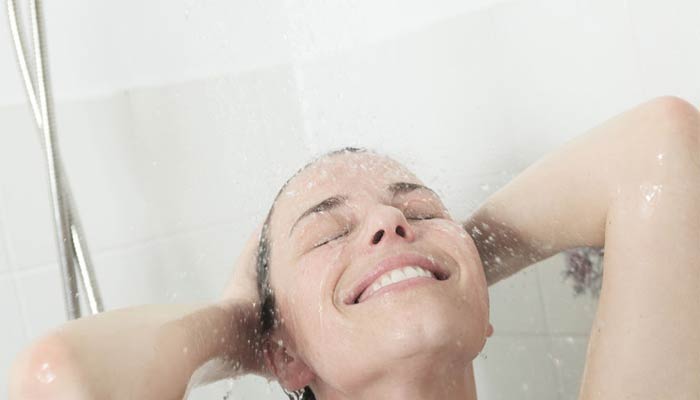 One of the questions I often get asked is what’s the proper temperature to set a water heater at. The basic answer is that there is no one correct setting for all water heaters.
One of the questions I often get asked is what’s the proper temperature to set a water heater at. The basic answer is that there is no one correct setting for all water heaters.
According to a White Paper recently released by the American Society of Sanitary Engineering (ASSE,) many people mistakenly believe that a water heater set to 120 degrees (recommended) will not deliver water hotter than 120 degrees. The truth is that water temperature can fluctuate by 10 degrees or more, so while a temperature at the tap of 120 is relatively safe for most people, 130 degree water can scald the skin in 30 seconds.
While most water heater thermostats can be set at 150 degrees, or higher, manufacturers post warnings that settings over 125 degrees can scald the skin.
Some people like to set their water heater on the high side, between 140-150 degrees, and make adjustments at the tap, while others believe that setting the thermostat above 120 can be dangerous, raising the potential for scalding. How you set your thermostat depends on a number of factors, including the size of the heater, usage levels, recovery speed, and who will be using it.
It is very important to be aware of who will use the hot water. If young children live in the home, the potential for scalding someone’s skin increases, as their skin is much more sensitive to the heat than adult skin. You may want to turn the thermostat down 5 degrees or so to keep them safe from harm.
Water heaters heat from the bottom, and, as we learned in Science class, heat rises. That means that the water at the top of the storage tank, where the delivery outlet is located, could actually be hotter than the set temperature.
Additionally, most thermostats are not accurate enough to maintain a steady water temperature; it rises and falls with usage. For example, after we use a lot of hot water to take a shower, the temperature may have dropped 10 degrees or more until the water supply has been reheated, at which point it will be considerably hotter than it would an hour later, after the heat has dispersed throughout.
Setting the thermostat below 135-140 degrees raises certain health concern issues. I won’t go into all the science here, but warm water is prime breeding ground for Legionellae bacteria, the cause of Legionnaires’ Disease.
So does that mean that we are caught between the proverbial rock and a hard place? No, it does not.
Thanks to advancements in water tempering and limiting technologies, along with simple common sense practices and devices that can be installed, both scald injuries and bacteria growth can be prevented. To find out how, read the ASSE White Paper: Understanding Potential Water Heater Scald Hazards. (PDF opens in new window)
If you have issues with your Noblesville home’s hot water temperature, give 3C Plumbing a call at (317) 850-5114 for prompt, reliable service.
Whether you need to simply replace a thermostat, or a new water heater installed, we can get the job done quickly and efficiently, at a reasonable price. When we install a new water heater, you pay what we pay; we do not mark up the cost of equipment!





